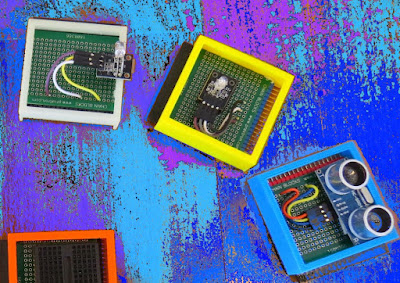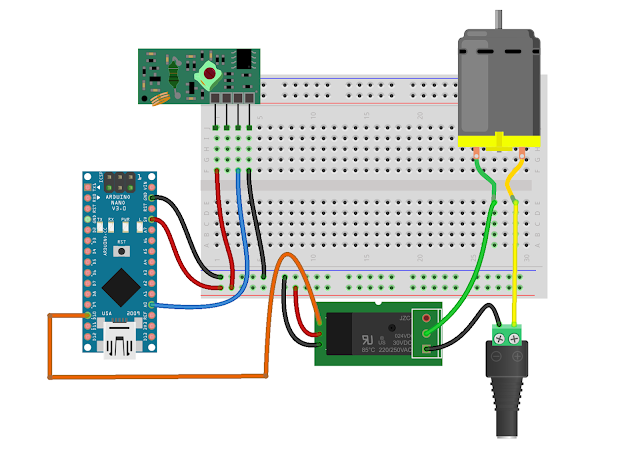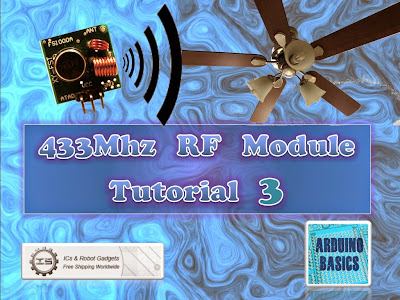1
2
3
4
5
6
7
8
9
10
11
12
13
14
15
16
17
18
19
20
21
22
23
24
25
26
27
28
29
30
31
32
33
34
35
36
37
38
39
40
41
42
43
44
45
46
47
48
49
50
51
52
53
54
55
56
57
58
59
60
61
62
63
64
65
66
67
68
69
70
71
72
73
74
75
76
77
78
79
80
81
82
83
84
85
86
87
88
89
90
91
92
93
94
95
96
97
98
99
100
101
102
103
104
105
106
107
108
109
110
111
112
113
114
115
116
117
118
119
120
121
122
123
124
125
126
127
128
| /*
Transmit sketch - RF Calibration
Written by ScottC 17 July 2014
Arduino IDE version 1.0.5
Website: http://arduinobasics.blogspot.com
Transmitter: FS1000A/XY-FST
Description: A simple sketch used to calibrate RF transmission.
------------------------------------------------------------- */
#define rfTransmitPin 4 //RF Transmitter pin = digital pin 4
#define ledPin 13 //Onboard LED = digital pin 13
const int codeSize = 25; //The size of the code to transmit
int codeToTransmit[codeSize]; //The array used to hold the RF code
int lightON[]={2,2,2,2,1,4,4,4,4,5,1,4,4,4,4,4,4,5,2,2,1,4,4,4,6}; //The RF code that will turn the light ON
int lightOFF[]={2,2,2,2,1,4,4,4,4,5,1,4,4,4,4,4,4,5,2,2,2,2,2,2,3}; //The RF code that will turn the light OFF
int codeToggler = 0; //Used to switch between turning the light ON and OFF
int timeDelay=5; // The variable used to calibrate the RF signal lengths.
void setup(){
Serial.begin(9600); // Turn the Serial Protocol ON
pinMode(rfTransmitPin, OUTPUT); //Transmit pin is an output
pinMode(ledPin, OUTPUT);
//LED initialisation sequence - gives us some time to get ready
digitalWrite(ledPin, HIGH);
delay(3000);
digitalWrite(ledPin, LOW);
delay(1000);
}
void loop(){
toggleCode(); // switch between light ON and light OFF
transmitCode(); // transmit the code to RF receiver on the Fan/Light
timeDelay+=10; //Increment the timeDelay by 10 microseconds with every transmission
delay(2000); //Each transmission will be about 2 seconds apart.
}
/*----------------------------------------------------------------
toggleCode(): This is used to toggle the code for turning
the light ON and OFF
-----------------------------------------------------------------*/
void toggleCode(){
if(codeToggler){
for(int i = 0; i<codeSize; i++){
codeToTransmit[i]=lightON[i];
}
} else{
for(int i = 0; i<codeSize; i++){
codeToTransmit[i]=lightOFF[i];
}
}
codeToggler=!codeToggler;
}
/*-----------------------------------------------------------------
transmitCode(): Used to transmit the signal to the RF receiver on
the fan/light. There are 6 different HIGH-LOW signal combinations.
SH = short high or LH = long high
PLUS
SL = short low or LL = long low or VLL = very long low
-------------------------------------------------------------------*/
void transmitCode(){
// The LED will be turned on to create a visual signal transmission indicator.
digitalWrite(ledPin, HIGH);
//initialise the variables
int highLength = 0;
int lowLength = 0;
//The signal is transmitted 6 times in succession - this may vary with your remote.
for(int j = 0; j<6; j++){
for(int i = 0; i<codeSize; i++){
switch(codeToTransmit[i]){
case 1: // SH + SL
highLength=3;
lowLength=3;
break;
case 2: // SH + LL
highLength=3;
lowLength=7;
break;
case 3: // SH + VLL
highLength=3;
lowLength=92;
break;
case 4: // LH + SL
highLength=7;
lowLength=3;
break;
case 5: // LH + LL
highLength=7;
lowLength=7;
break;
case 6: // LH + VLL
highLength=7;
lowLength=92;
break;
}
/* Transmit a HIGH signal - the duration of transmission will be determined
by the highLength and timeDelay variables */
digitalWrite(rfTransmitPin, HIGH);
delayMicroseconds(highLength*timeDelay);
/* Transmit a LOW signal - the duration of transmission will be determined
by the lowLength and timeDelay variables */
digitalWrite(rfTransmitPin,LOW);
delayMicroseconds(lowLength*timeDelay);
}
}
//Turn the LED off after the code has been transmitted.
digitalWrite(ledPin, LOW);
}
|
















